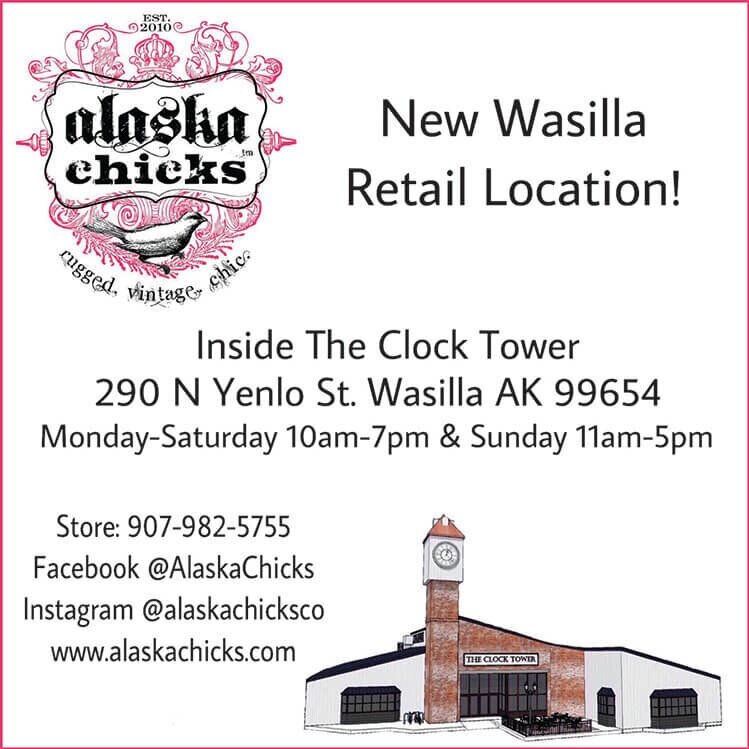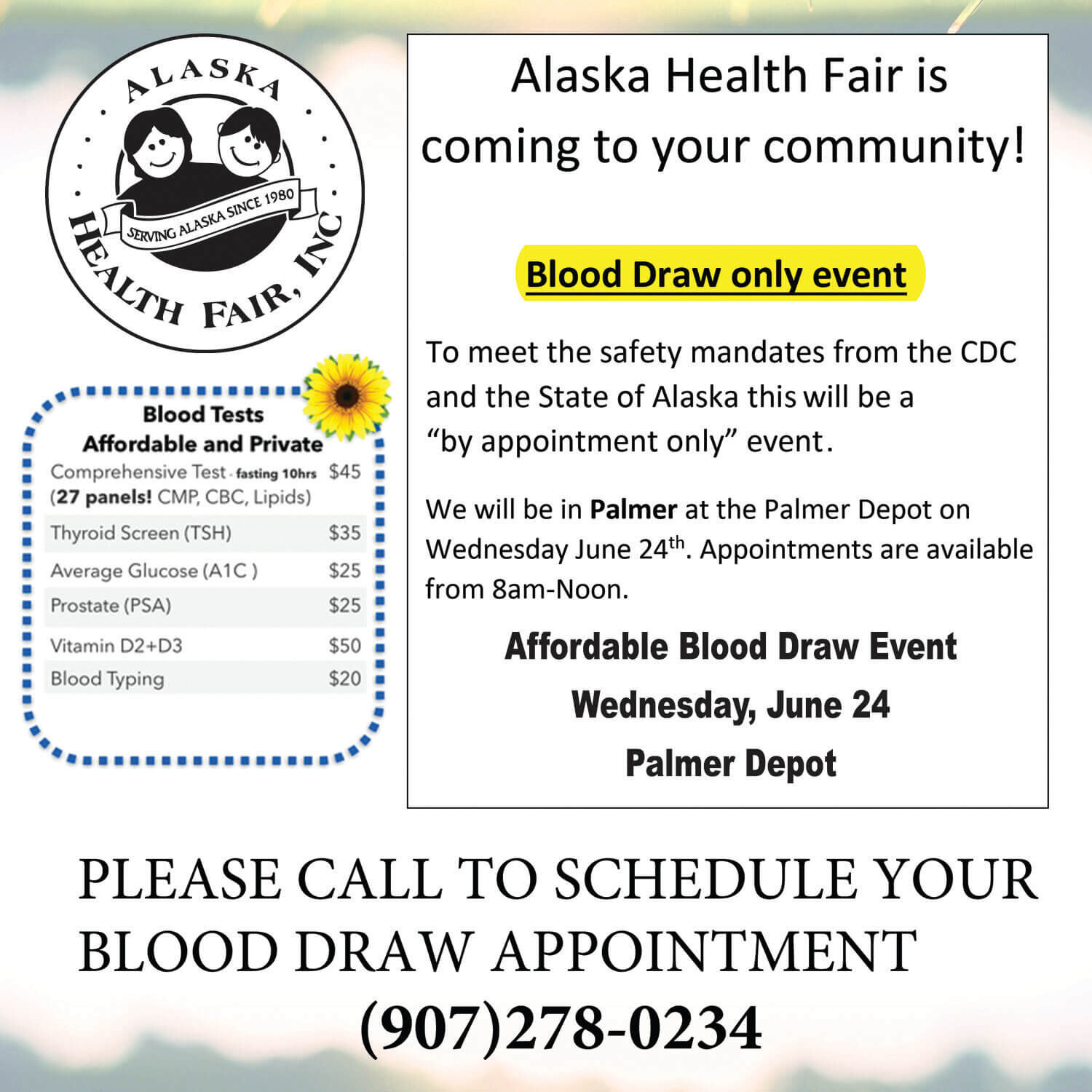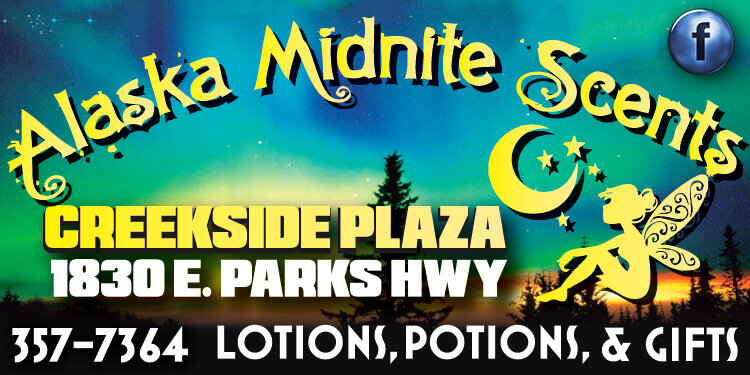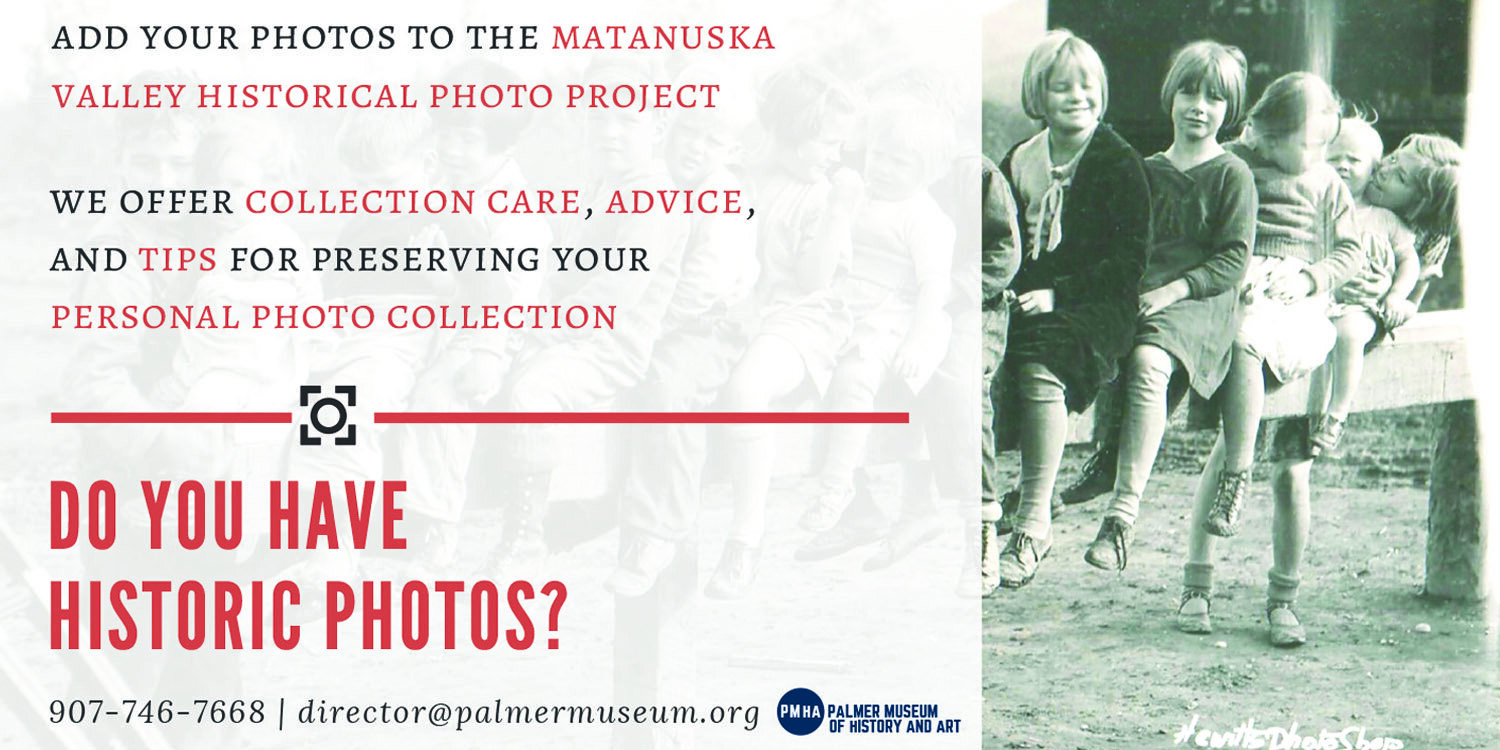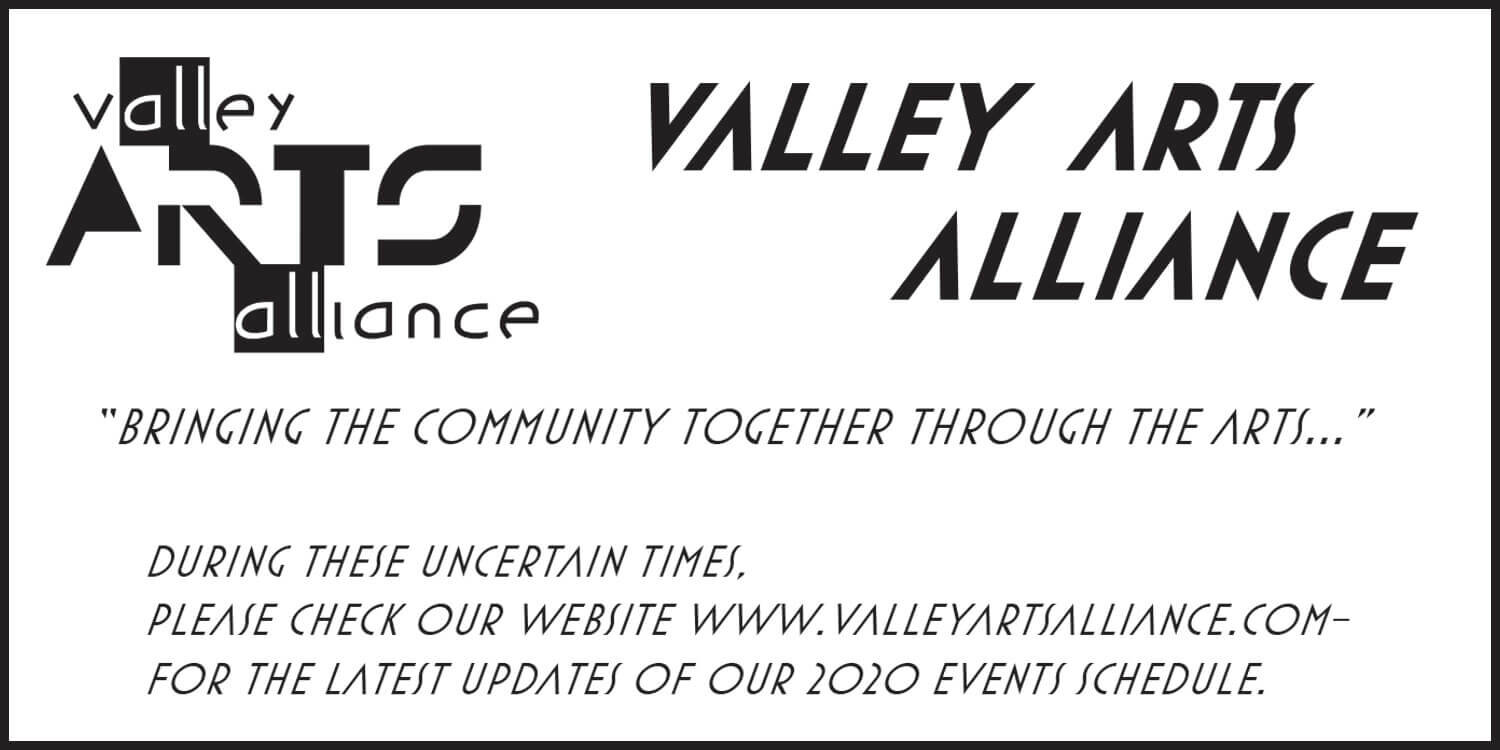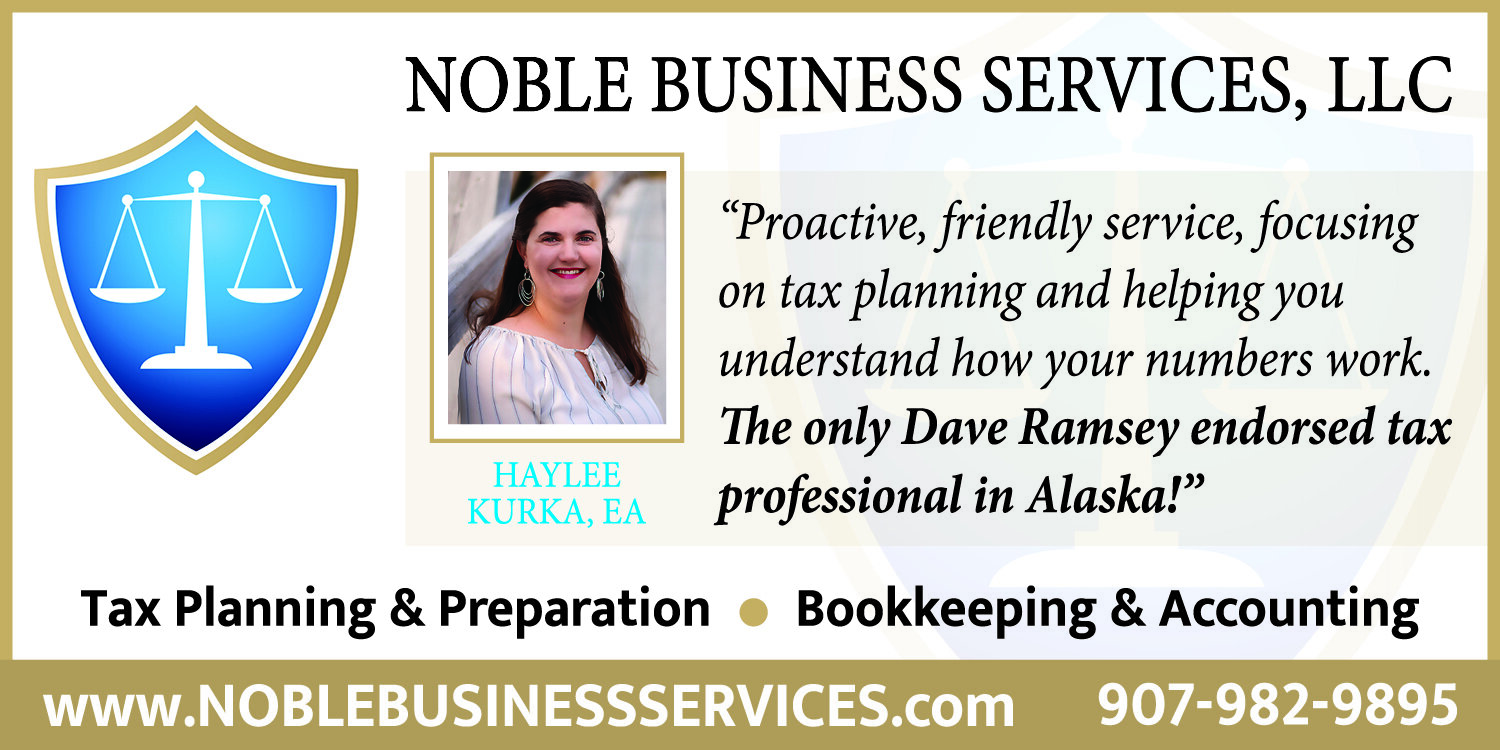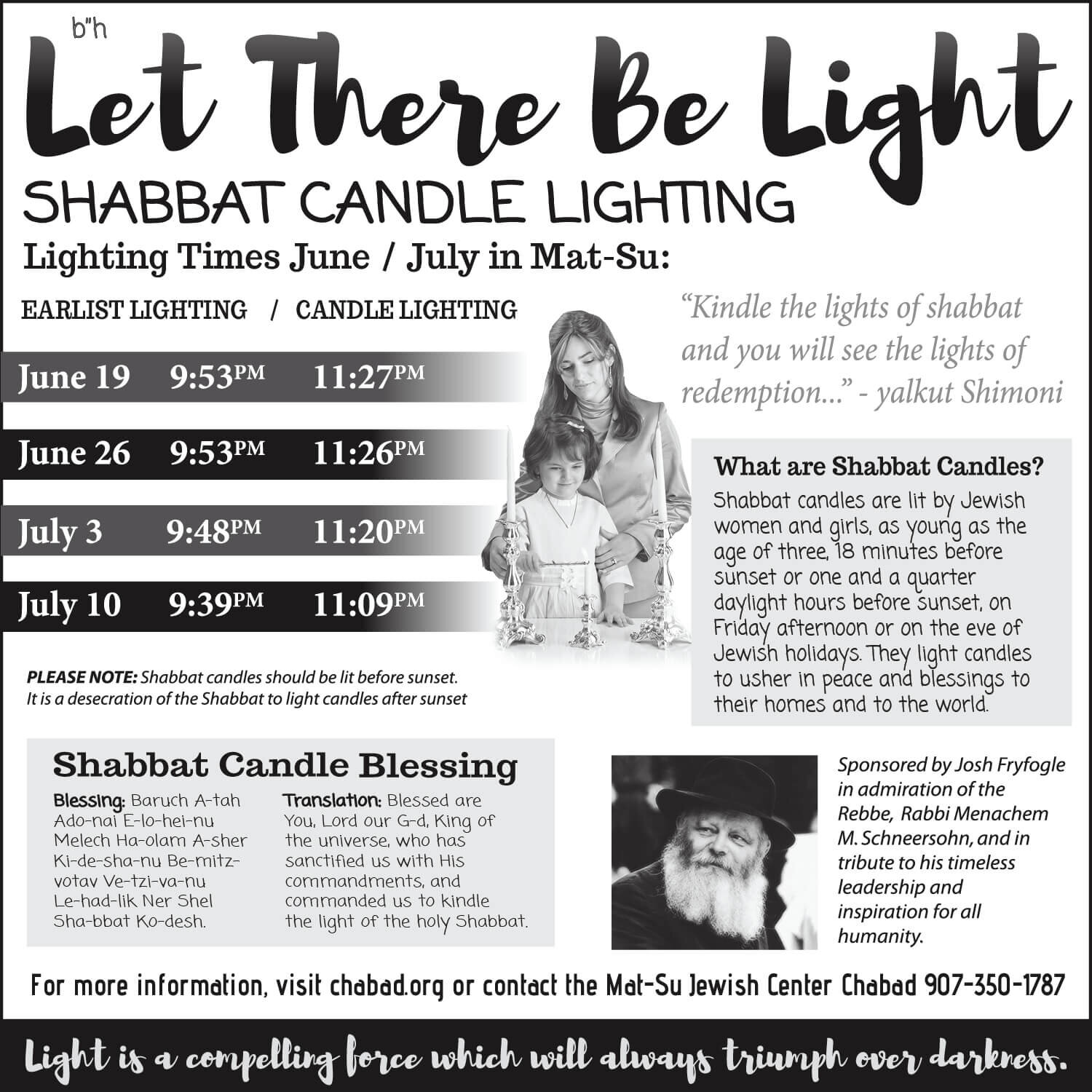Contributed by Donna Turner
Once upon time, men regularly attended events at which black tie and white tie were worn. Formal meant white tie and tails while semi-formal referred to dinner clothes or tuxedoes. Those days are behind us, and we’ve been plunged into a world that no longer has the foggiest idea of the difference between formal and semi-formal. Today we’re breaking down the dress codes in terms even the most style-challenged man can understand. Here’s what formal and semi-formal mean.
At its most basic, contemporary formal dress generally encompasses both white tie and black tie dress codes. Semi-formal, as the name implies, is slightly more relaxed – think a dark suit and a tie, or anything you’d refer to as “cocktail” dress.
The primary physical difference between a tuxedo and a suit is the presence of satin. Traditionally tuxedos have satin facing on the lapels, buttons, pocket trim, and a satin side stripe down the leg of the trousers. Suits don’t incorporate any satin and usually have either plastic buttons or buttons faced with the same fabric as the coat (aka self-buttons). Some modern tuxedo options have minimized the use of satin to a thin satin trim on the lapels and a thin satin bead down the pant leg, but the primary difference between the two is that tuxedos have satin on them, and suits don’t. Of course, to every rule there are exceptions.
The tuxedo is the heart of formal dress. For the dressiest of occasions, bow tie is a must – a tailed jacket, white shirt and white bow tie. For slightly less starched occasions, black tie is the order of the day – a tailless jacket, black cummerbund or vest, and a black bow tie. Other events may call for morning dress, the daytime formal dress code, which consists of a morning coat, a vest and striped trousers. Note: Yes, you can choose a blue tuxedo if you want for not so formal attire.
For a formal event, don’t improvise. This is not the time for a black shirt (or any color other than white, for that matter), an expressive tie, or designer sneakers. Stick with the classics and look Rat Pack immaculate. Know your ties. Surprisingly it’s okay to either wear a black or white bow tie or opt for a plain black traditional neck tie. Remember, your formal wear should fit you! Be sure your pants aren’t too long and your jacket isn’t too loose. Your formal wear should fit like a sports car, not an SUV!
A tuxedo would not be appropriate for a semi-formal event, but it’s still important to remain elegant, sophisticated and neat. A dark formal suit and tie are expected for semi-formal events in the evening. During daytime semi-formal events, lighter suits are acceptable (but keep shirts and ties towards the conservative end of the spectrum). Shoes should remain dressy and accessories, like pocket squares and wristwatches, should be understated.
Do wear the right suit. A tuxedo is too much. A summer seersucker suit is too little. A dark wool, gabardine or cashmere suit is just right. If the event takes place during the day, a lighter suit is an option. Don’t be afraid to ditch the tie. These days, it’s ok to go tie-less at semi-formal events. If you prefer the polished look that a tie provides, steer clear of anything too loud. Save the novelty neckwear for your office Christmas parties.
Don’t under dress for the event. Note that semi-formal still includes the word “formal”. Dress accordingly. Khakis, jeans and shorts have no place at semi-formal events. Neither do polo shirts or sneakers. Follow the Golden Rule. When in doubt, it’s better to over dress than under dress. If you’re deciding between two items, choose the more formal option. If you happen to show up to an event overdressed, you can “de-formal-fy” your outfit with little tricks like removing your tie.
So, there you have it. Now you can boast to your far less fashion-savvy friends about the clear difference between formal and semi-formal. Remember, if you’ve been asked to rock up in formal attire, go for a tuxedo and don’t improvise or neglect the importance of fit.

